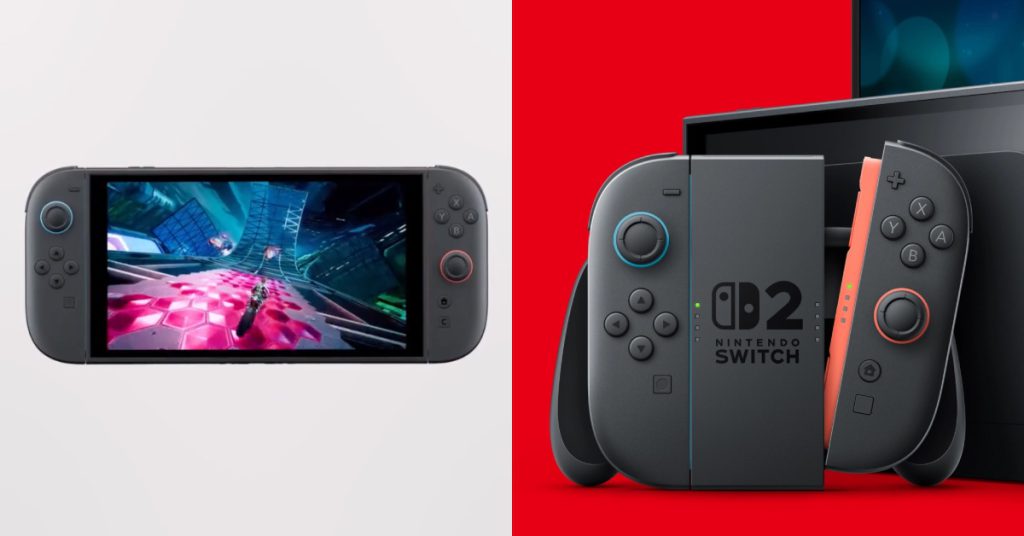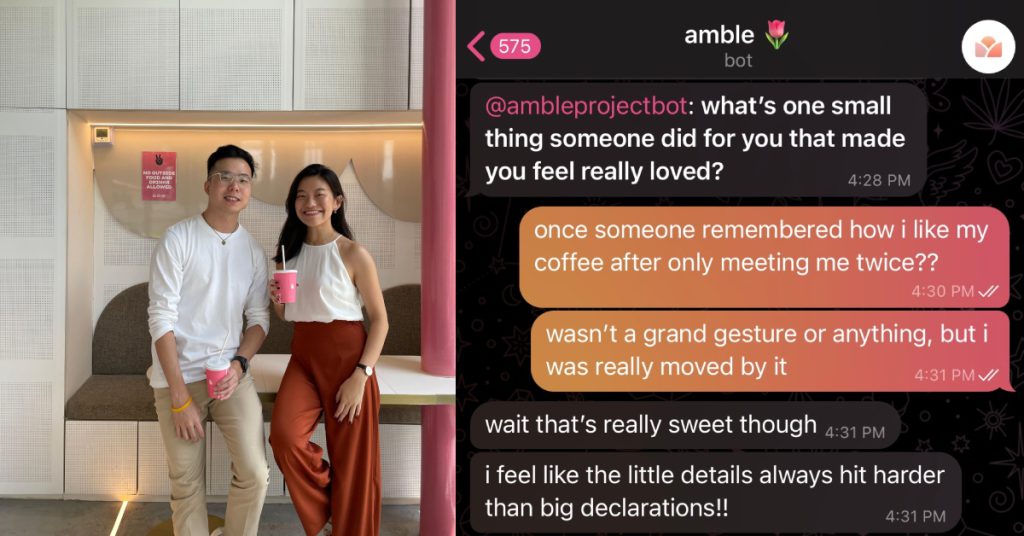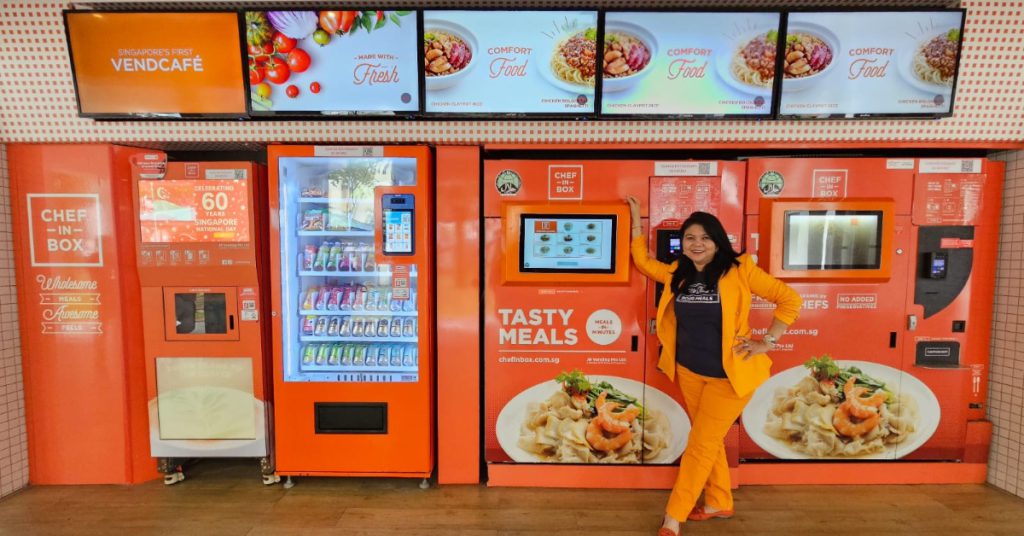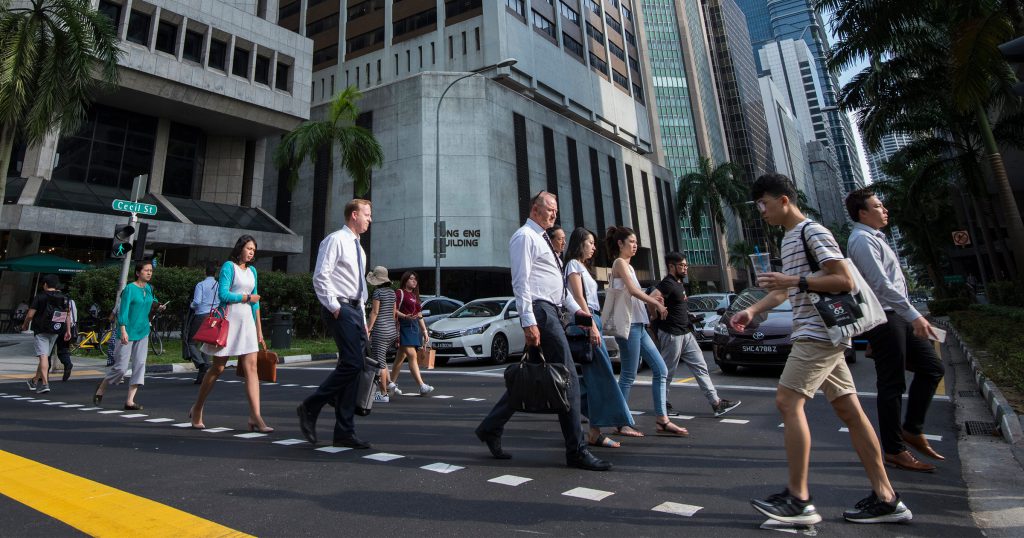The new Nintendo Switch 2 released in Singapore last Thursday (June 26), and I have to say, I’m… not impressed.
Certainly, it’s not terrible. A custom-made Nvidia graphics card and larger screen do mean that gamers like me can better enjoy and appreciate the effort that animators put into triple-A games that have a high focus on graphics. And more storage space also means that I can download more games without having to buy a new SD card.
But these features hardly seem to justify the hefty S$719 price tag that comes with buying the brand-new console.
Better graphics are a plus, not a must-have
While I appreciate a game with smooth graphics and stunning visuals just as much as the next person, the original Switch’s graphics were never bad to begin with, offering a 720p resolution in handheld mode, and up to 1080p when docked.
When it was first released, Zelda fans raved over the gorgeous landscapes that the game presented, with one article even calling it a “masterclass in video game aesthetic.”
The new Switch 2, on the other hand, is touted to output a 1080p resolution in handheld mode, going up to 4K when docked.
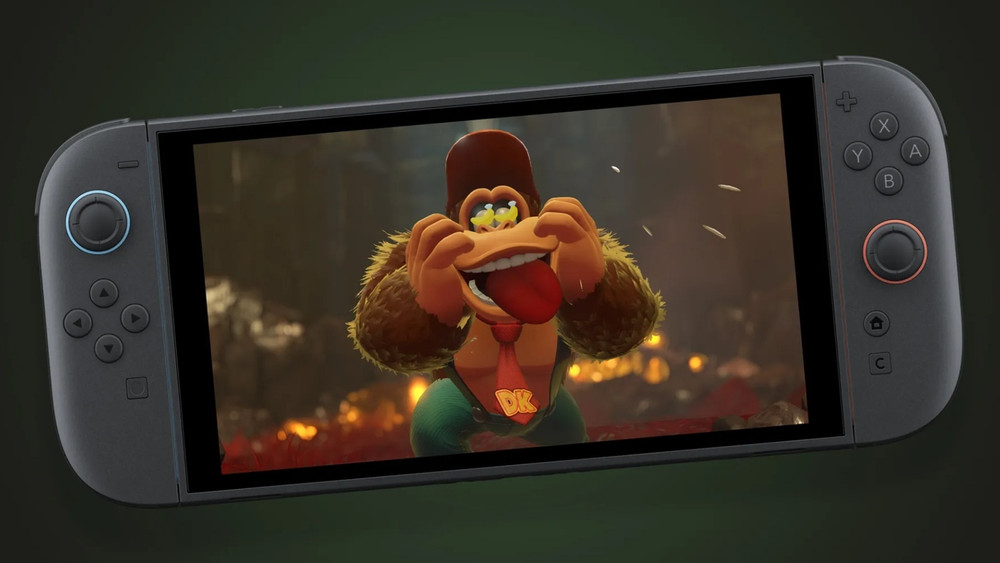
But as nice as graphics are, they don’t really make or break a game.
Take Pico Park, for example. The game might have cute graphics, but does its fun really come from watching cute Pico cats walk around, or from the chaos that inevitably ensues as friends try unsuccessfully to cooperate, resulting in hilarious fails?
And for a handheld console, is the jump from 720p to 1080p going to be very noticeable? Probably not. The extra sharp graphics might be nice, but they probably won’t be S$700 nice.
It gets worse when you consider the price hikes of consoles that were previously released.
The jump from US$150 to US$250 when Nintendo released the 3DS was at least accompanied by the innovation of having my Pokemon battles being shown in 3D. Later, the Switch arrived, costing around US$300, but it did come with vastly improved graphics and a slew of new games.
This next upgrade is going to cost twice as much as the last one, with no real added features. And that’s excluding auxiliary costs, like purchasing a case that comes with a new console.
New console, old games
One of the advertised features of the new Switch 2 is that it will be backwards compatible with the old Nintendo Switch game cartridges.
On the surface, that’s good design. The games that I used to play on my Switch can also be played on the Switch 2 without having to restart my progress or go through some convoluted process of data transfer.
But at the same time, it’s not as if my old Switch stops working the minute the Switch 2 comes out. I can still play games on my old Switch, and honestly, the new Switch 2 exclusive games aren’t doing much to impress either.
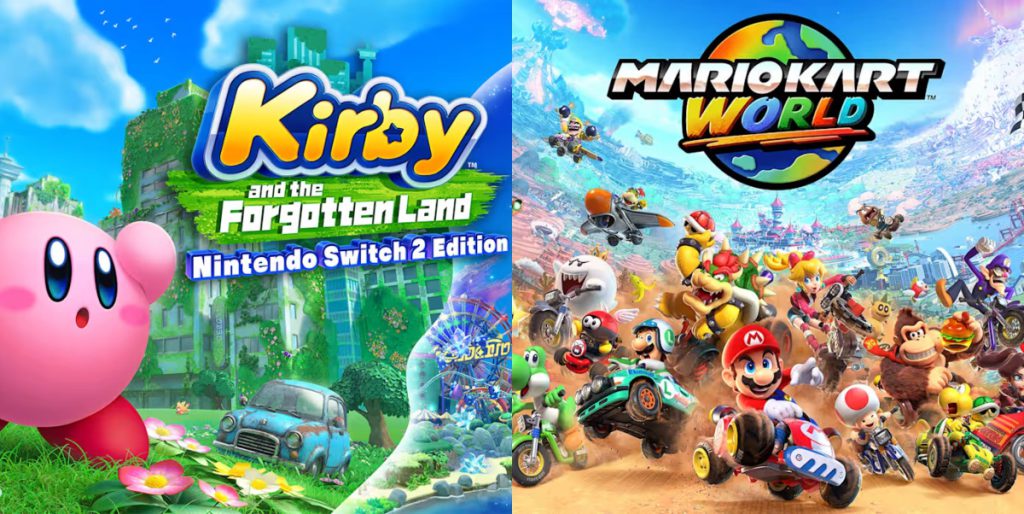
There’s the new Mainline Mario Kart World as well as new Donkey Kong and Kirby games, and even then, Mario Kart World has already stirred controversy among fans of its online PvP playerbase.
The most interesting Switch 2 exclusive announced thus far (at least for me) seems to be The Duskbloods, a FromSoftware title that’s almost guaranteed to give players many hours of playtime. But it’s due to be released only next year, and there are already rumours spreading that the game might be released for PC gamers as well, so there really is no rush for fans of the Soulsborne series to start queuing for the Switch 2.
Games are also still being developed for the original Nintendo Switch, like Pokemon Legends: Z-A, so Switch players will still have new games to add to their collection even after the Switch 2 has been released.
If that isn’t enough to convince you that the Switch 2 is not worth the hype, let’s compare it to a different console that’s been out for a couple of years: the Steam Deck.
Comparison between Switch 2 and Steam Deck./ Source: Reddit
While the stats are generally around the same level, with comparable battery lives and similar display sizes, consider the number of games that you’ll have access to on a Steam Deck as opposed to a Switch 2.
The Steam store hosts almost 80,000 games, as compared to the Nintendo e-shop’s paltry 13,000.
While Nintendo will always be the home of my beloved Pokemon, Steam hosts the Souls series, Nier Automata, and many more.
The Switch 2 might be a new console, but it seems that this time around, Nintendo has forgotten that the raison d’etre of a gaming console is, well, the games that can be played on it.
For now, the Switch 2 seems like an option for handheld console gamers, rather than an eventual necessity.
Bigger isn’t always better
The new Switch 2 also boasts a larger 7.9-inch screen, as compared to the old 6.2-inch screen—and sure, it might be nice to game on a bigger screen. It gives gamers some bragging rights after all.
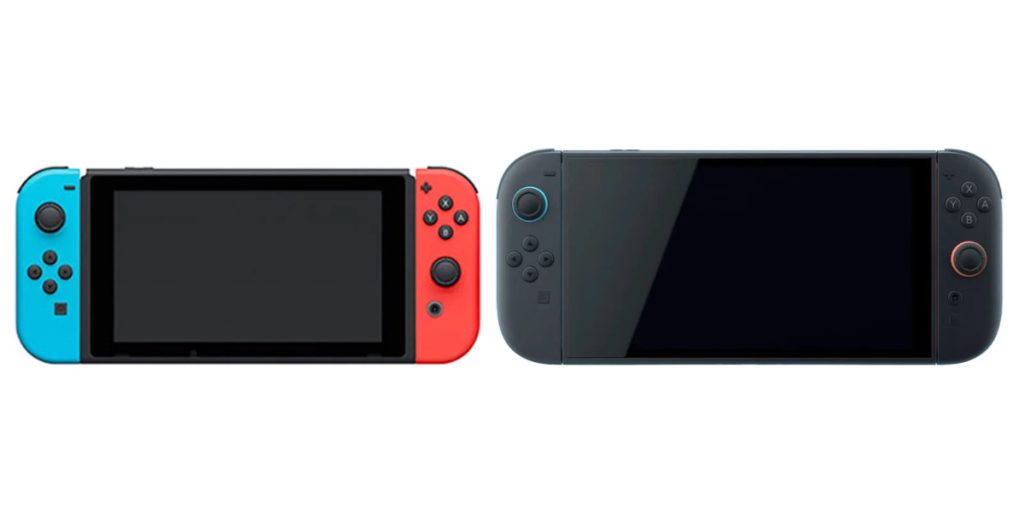
However, context also matters. A big screen is nice when I’m at home on my PC, but with handheld consoles that people carry around, that also means extra weight and bulk that needs to be accounted for.
Granted, a slightly larger screen might seem like a small problem, but the bigger concern lies with the new Nintendo Switch batteries.
Aside from the fact that some users are reporting swollen batteries, the Switch 2 has a lower battery life, which is expected to last a maximum of 6.5 hours, though some players have even claimed that the device barely lasts longer than two hours.
This means that packing a power bank into my bag is basically non-negotiable, and if I have a long commute, multiple power banks might be necessary.
At its core, what seems to be lacking from the new Switch 2 console is consideration for the context of the gamer. Better graphics and bigger screens matter most for those who want to sit at home and game comfortably in marathon sessions while slowly fusing with their couch.
But for gamers on the move, who squeeze their play into 30-minute commutes and five-minute waits for the next bus, portability and longevity are the qualities that matter.
So I’ll stick with my old Switch that lasts a full nine hours with just one charge. It’s more compact, lasts longer, and is therefore less of a hassle to maintain or carry around.
-//-
The beauty of Nintendo’s devices has always laid in their portability and their value—with a small console affordable enough to save up for with pocket money, one had access to many different games, offering vastly different experiences and potentially hundreds of hours of content, all on a device that could easily be chucked into a schoolbag or even the pocket of a school uniform.
It’s different now.
A console costs so much more that even with adult money, one does a double-take before buying it. The console itself is bigger and bulkier, and feels less like it was meant to be carried around and more like portability was an afterthought.
As a Nintendo fanboy who saw the evolution of consoles from the original Gameboy Color into the 3DS and now the Switch 2, I can’t help but mourn the old consoles.
Sure, the new consoles have vastly improved graphics and smoother games, but I don’t exactly miss 8-bit Mario or Pikachu sprites.
And somewhere along the way, the console I carried in my pocket turned from a small piece that could fit anywhere without fuss into a brick that I have to Tetris into my bag, alongside the millions of accessories that come with it.
- Read other tech reviews we’ve done here.
Featured Image Credit: Nintendo


